Natural colored cottonColored cotton
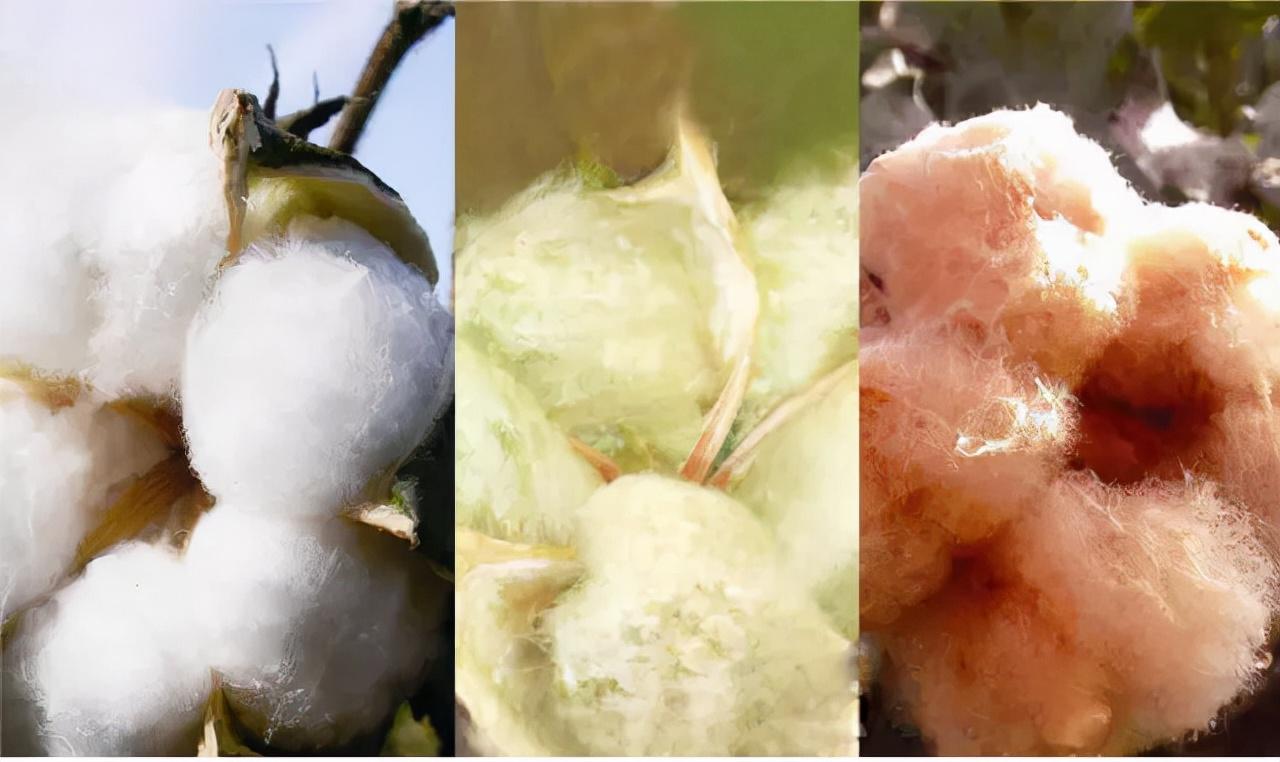
Natural colored cotton is a new type of cotton cultivated using modern science and technology such as biogenetic engineering. The cotton fiber has various natural colors when it is spun in the field, so it is called “Naturally colored cotton”. It complies with the consumer fashion and requirements of consumers who are constantly pursuing health care, comfort and high-end, and has attracted great attention from many countries in the world.
Colored cotton history
Original natural colored cotton The history of cultivation and use is earlier than that of white cotton. According to reports, the original natural colored cotton is native to the American continent. The indigenous peoples of Peru planted and used colored cotton thousands of years ago. The earliest record of planting colored cotton in my country was in 1819 in Jiangsu and Zhejiang areas where cloth woven from purple cotton (brown) was exported to Europe.
However, with the rapid development of the textile and printing and dyeing industries and the maturity of breeding technology, people believe that the fiber produced has good quality and high yield. The white cotton fibers are specially dyed and spun into gorgeous and colorful fabrics. However, the original natural colored cotton has been neglected due to its unstable color, poor fiber quality, low output and other shortcomings, and has been replaced by white cotton with high use value.
Since the 1970s, as the international community has paid increasing attention to environmental protection issues and people have advocated and returned to nature, The rise of cotton and the rapid development of biotechnology have created conditions and opportunities for the development and utilization of colored cotton. Therefore, major cotton-producing countries in the world have used biotechnology to carry out research on colored cotton, and have achieved preliminary results.
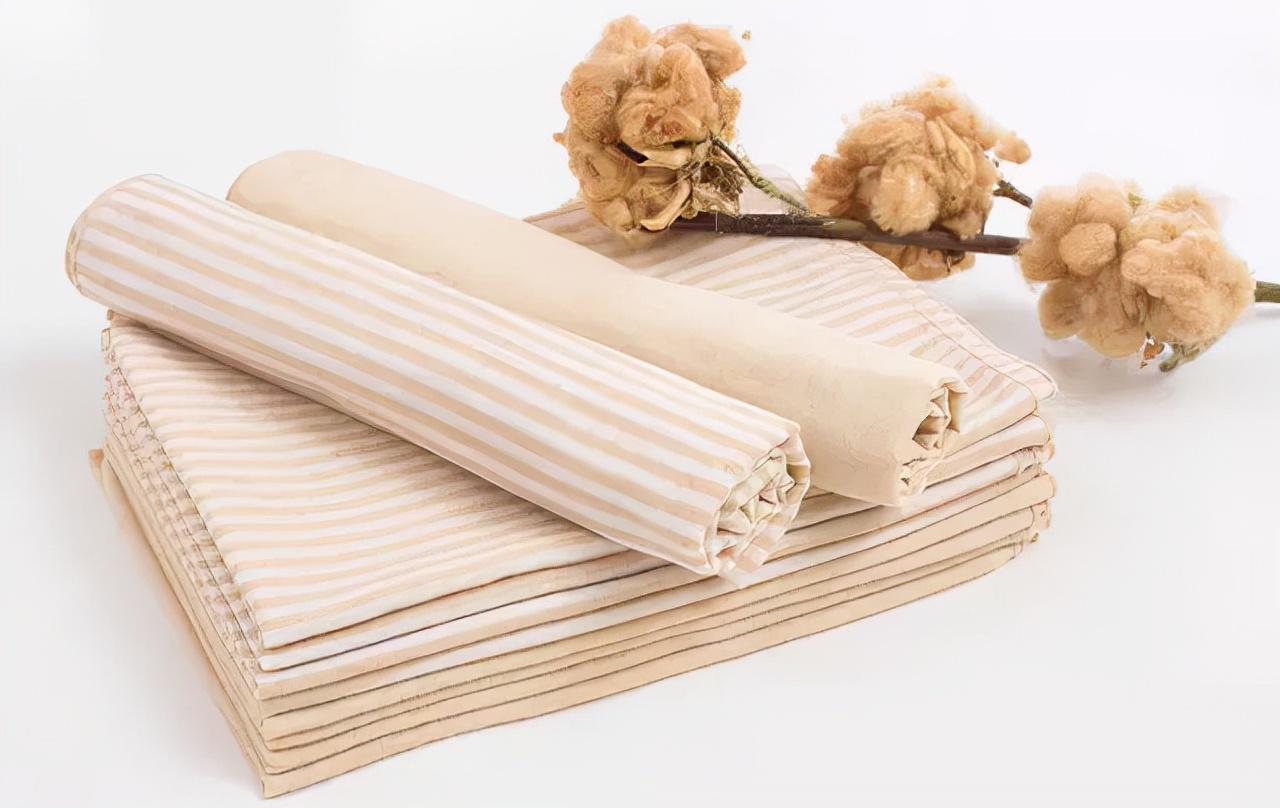
Morphological characteristics
Let’s take a look first Let’s compare different colors of colored cotton and white cotton:
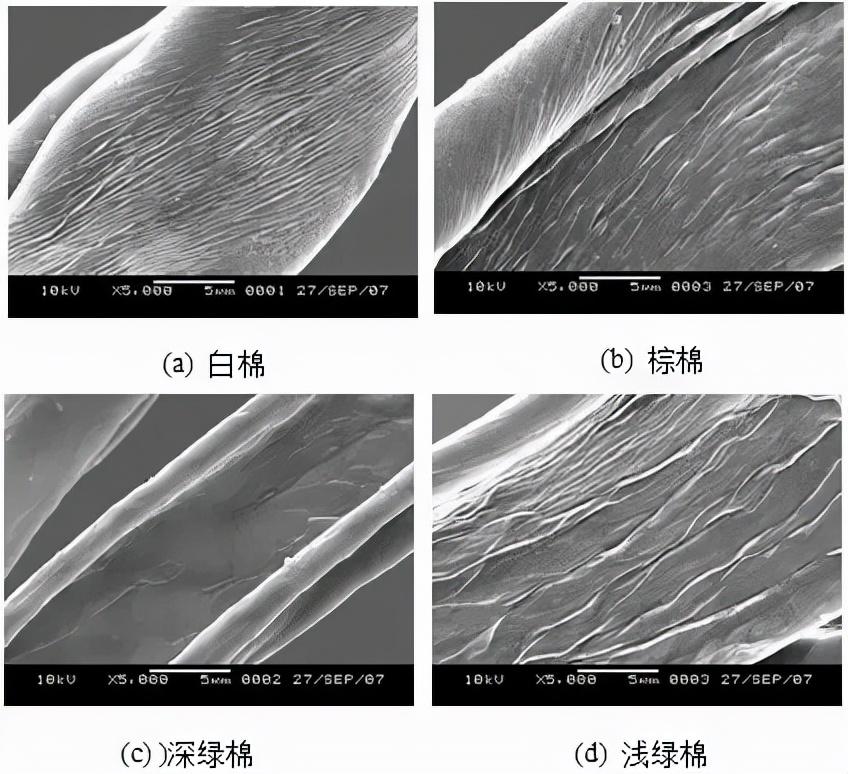
△Figure 1: Surface morphology of colored cotton and white fibers (enlarged Multiples 500 times)
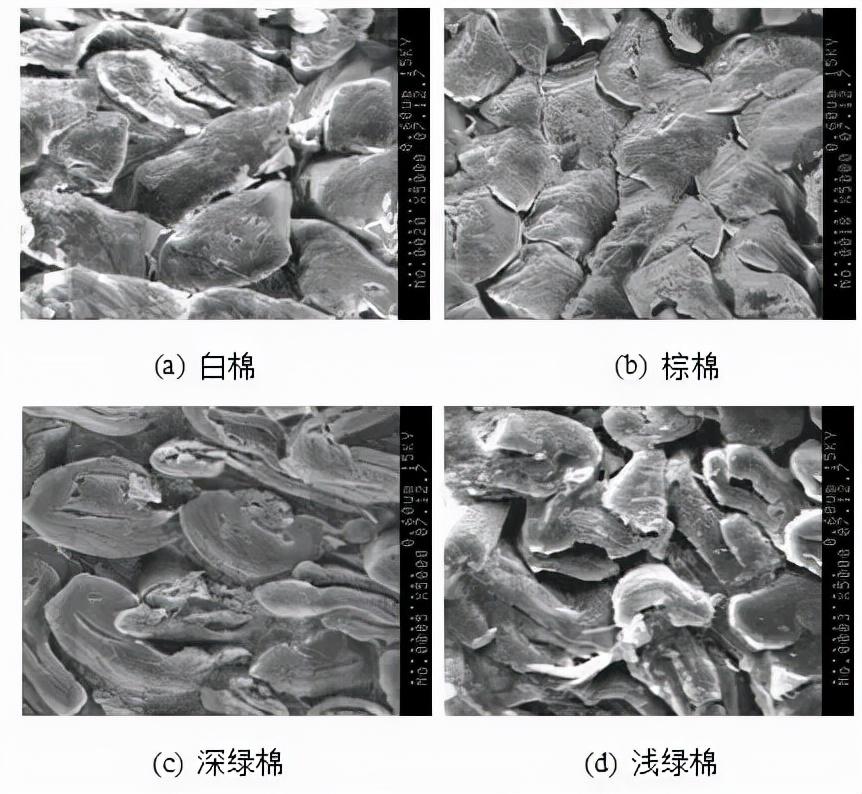
△Figure 2: Cross-section of colored cotton and white cotton fibers (magnification 5000 times)
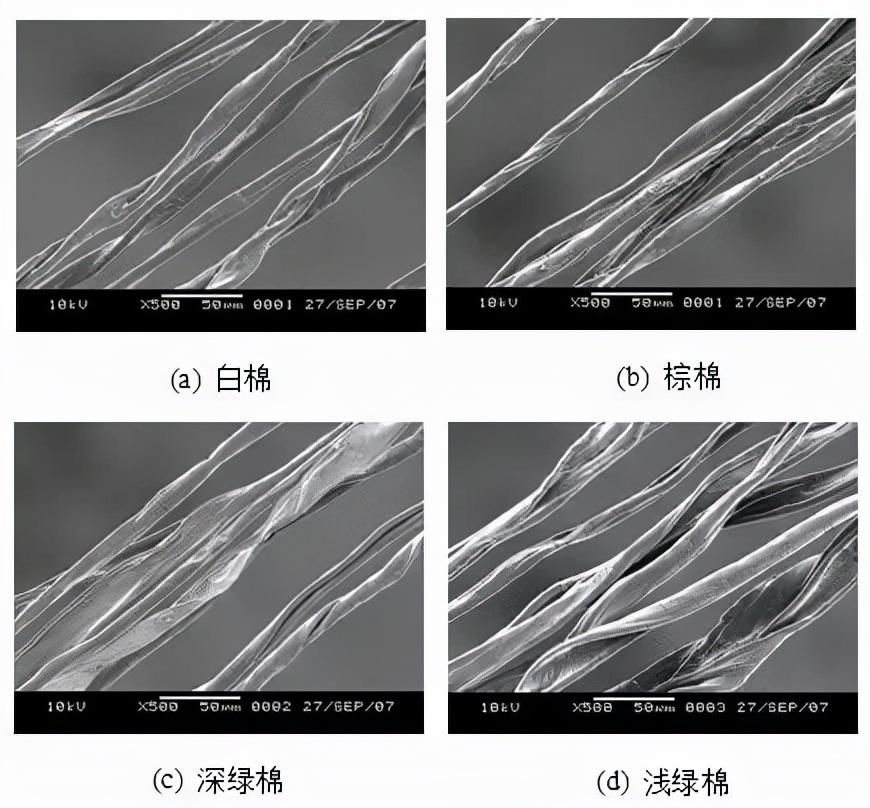
△Figure 3: SEM photos of the longitudinal morphology of colored cotton and white fibers (magnification 500 times)
Ascanbeseenfromtheabovepictureandtable:
Thelongitudinaldirectionofnaturalcoloredcottonissimilartothatofwhitecotton.Theyarebothirregularlycurvedflatbodies,thickerinthemiddle,slightlythinnerattheroot,andthinnestatthetip.Thefiberwithgoodmaturityisintheshapeofatwistedbeltlongitudinally,withalargenumberofturns;thefiberwithpoormaturityisintheshapeofathinbelt,andThenumberofsongsisverysmall.
Thecross-sectionofcoloredcottonfiberissimilartothatofwhitecotton,botharewaist-roundwithacellcavityinthemiddle.Thedifferenceisthatthecross-sectionalareaofgreencottonissmallerthanthatofwhitecotton,thatis,thefibersarethinnerthanwhitecotton,thesecondarycellwallismuchthinnerthanthatofwhitecotton,andthecellcavityismuchlargerthanthatofwhitecotton,andisU-shaped.Thecross-sectionofbrowncottonissimilartothatofwhitecotton.Thefibersecondarycellwallandcross-sectionalareaareplumperthangreencotton,butthecellcavityislargerthanthatofwhitecotton.
Coloredcottonperformance
01Colored cotton Advantages
Comfortable:Skin-friendly,non-irritatingtotheskin,andmeetsenvironmentalprotectionandhumanhealthrequirements.
Antistatic:Duetothehighmoistureregainofcottonfiber,itdoesnotproducestaticelectricityorpilling.
Goodperspiration:Absorbssweatandmicro-sweatonhumanskin,quicklyreturningbodytemperaturetonormal,trulyachievingbreathableandsweat-absorbingeffects.
EnvironmentalprotectionpropertiesofcoloredcottonThenaturalcolorisveryinlinewiththetasteneedsofmodernpeople.Sinceithasnotbeenchemicallytreated,sometypesofyarnsandfabricsstillretainsomecottonseedshells,reflectingtheirreturntonature.
Soproductdevelopmenttakesfulladvantageofthisfeature,thecolorissoft,naturalandelegant,thestyleismainlycasual,andthefashiontrendoftheseasonispenetrated.
Theimageofclothingproductsreflectssolemnityandelegancewithoutlosingsightofit.Relaxedandnatural,thehometextileimageembodieswarmthandcomfortwhilegivingpeopleafeelingofreturningtonature.
02Disadvantagesofcoloredcotton
Colored cotton color single
Colored cotton types are usually divided according to fiber color. Currently, the basic type of colored cotton in the world is only brown. and green. However, due to different color depths, different scholars have large differences in fiber color classification and identification.
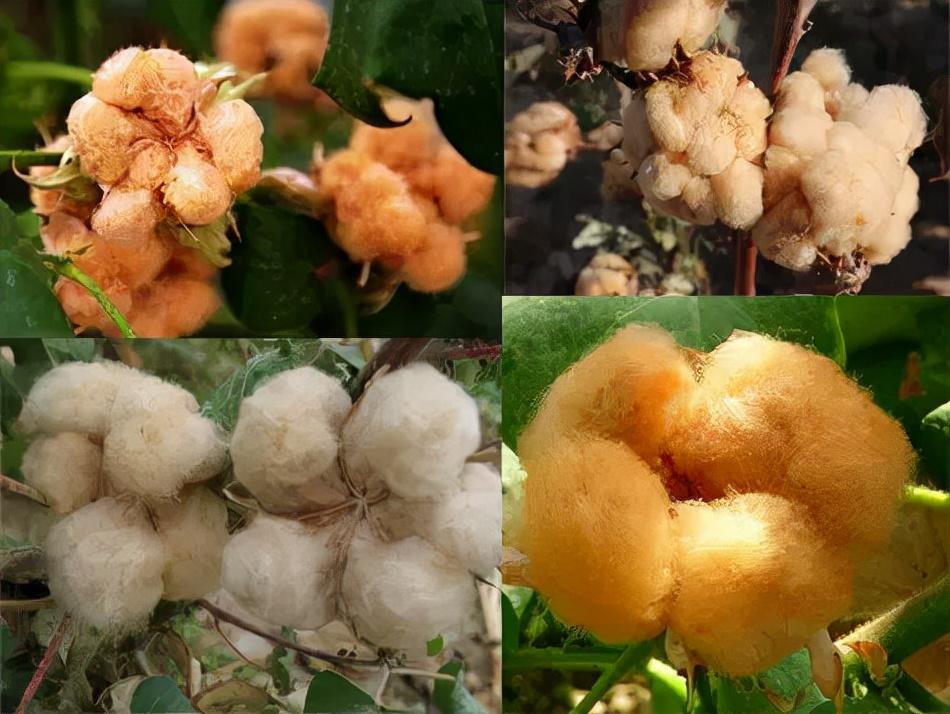
Insufficient color is an important factor restricting the development and promotion of natural colored cotton.
The fiber color is unstable
Since the color of colored cotton is naturally formed, the color of the cotton fiber grown is often slightly different, and it is impossible to print and dye it as uniformly as white cotton, which will affect the quality of its products.
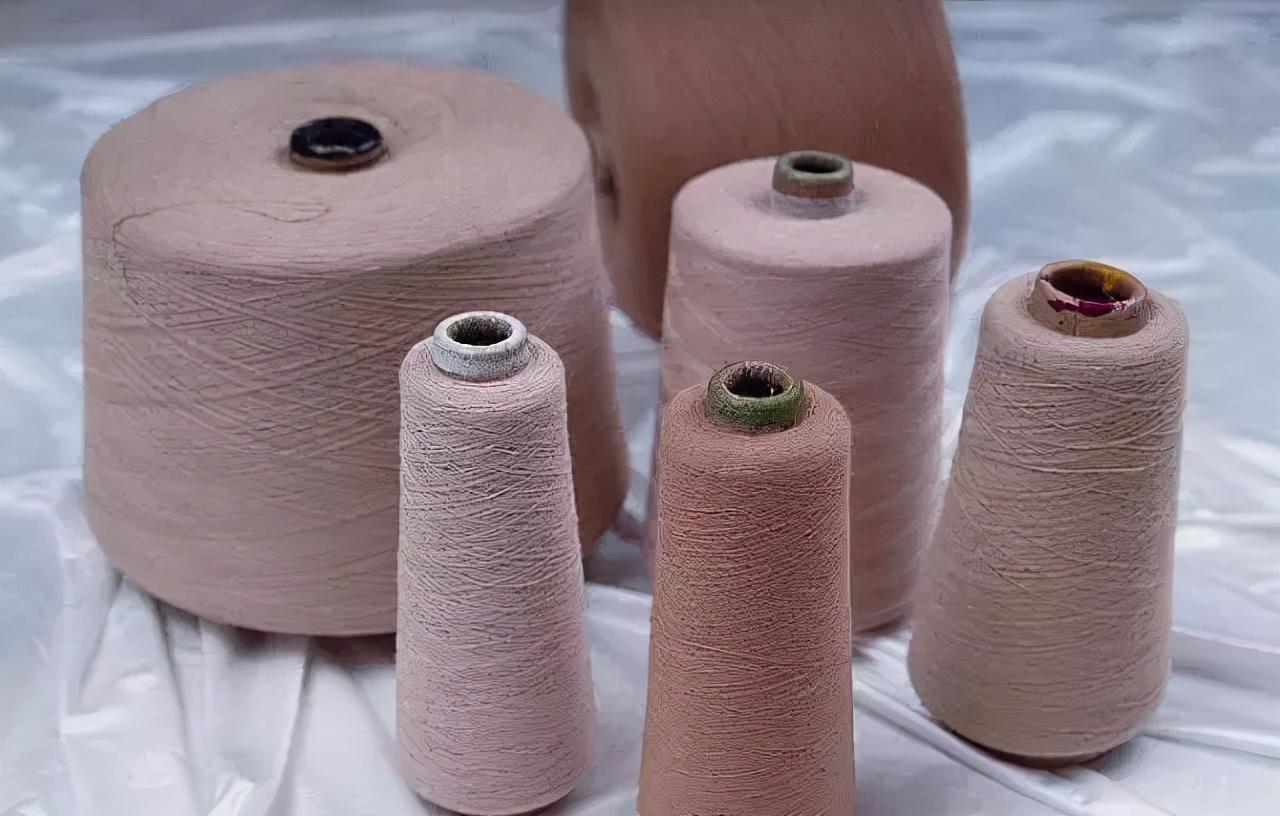
The spinnability is not high
Colored cotton fibers are short and thin, with low strength, so their spinnability is lower than that of white cotton, and the cost of spinning is high. This is the crux that restricts the large-scale development and use of natural colored cotton. At present, generally colored cotton fabrics are blended products of colored cotton and long-staple cotton or other fibers, with the purpose of improving its spinnability.
Clothes made of printed and dyed fabrics are not as bright as those made of printed and dyed fabrics
There is a layer of wax on the surface of cotton fibers. During the dyeing and finishing of ordinary white cotton, chemical substances are used to eliminate wax, pectin, slurry, etc. In addition, the color of the dye is bright and the visual contrast is large, so it is bright. Colored cotton is not treated with chemicals during processing and still retains the characteristics of natural fibers, thus producing a hazy visual effect.
Natural colored cotton fiber is soft and feels good. Its clothing has soft color, simple style, pure texture, comfortable and safe, and is in line with people’s return to simplicity and color. With a natural mentality, its textiles can be called the “darlings of the 21st century” and known as “the second healthy human skin”. They cater to the needs of the market and are one of the products with the greatest development potential in the international green textile market in the 21st century. . The development of natural colored cotton is the development direction of green textiles. Wearing natural colored cotton textiles is a symbol of people’s high-quality life, which is in line with the development trend of people’s clothing needs and the trend of returning to nature.
According to the International Council of Organic Agriculture’s prediction: In the next 30 years, 30% of the total global cotton production will be replaced by colored cotton and organic cotton. In the 21st century, 60-70% of the world’s population will use natural colored cotton products. Natural colored cotton textiles will enter the homes of ordinary people.
�, which will affect the quality of its products.

The spinnability is not high
Colored cotton fibers are short and thin, with low strength, so their spinnability is lower than that of white cotton, and the cost of spinning is high. This is the crux that restricts the large-scale development and use of natural colored cotton. At present, generally colored cotton fabrics are blended products of colored cotton and long-staple cotton or other fibers, with the purpose of improving its spinnability.
Clothes made of printed and dyed fabrics are not as bright as those made of printed and dyed fabrics
There is a layer of wax on the surface of cotton fibers. During the dyeing and finishing of ordinary white cotton, chemical substances are used to eliminate wax, pectin, slurry, etc. In addition, the color of the dye is bright and the visual contrast is large, so it is bright. Colored cotton is not treated with chemicals during processing and still retains the characteristics of natural fibers, thus producing a hazy visual effect.
Natural colored cotton fiber is soft and feels good. Its clothing has soft color, simple style, pure texture, comfortable and safe, and is in line with people’s return to simplicity and color. With a natural mentality, its textiles can be called the “darlings of the 21st century” and known as “the second healthy human skin”. They cater to the needs of the market and are one of the products with the greatest development potential in the international green textile market in the 21st century. . The development of natural colored cotton is the development direction of green textiles. Wearing natural colored cotton textiles is a symbol of people’s high-quality life, which is in line with the development trend of people’s clothing needs and the trend of returning to nature.
According to the International Council of Organic Agriculture’s prediction: In the next 30 years, 30% of the total global cotton production will be replaced by colored cotton and organic cotton. In the 21st century, 60-70% of the world’s population will use natural colored cotton products. Natural colored cotton textiles will enter the homes of ordinary people.







